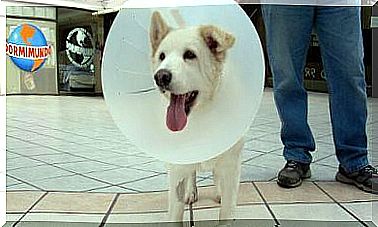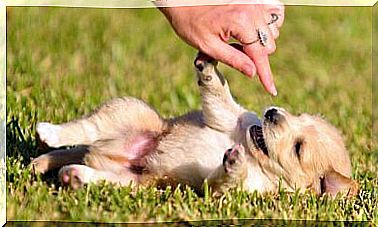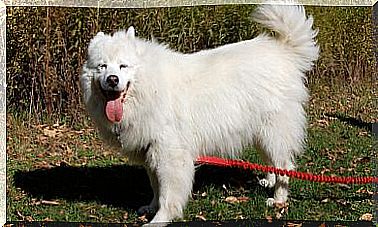How To Deal With A Cat’s Anger

Many of the people who prefer to have a dog over a cat base their decision on the fickle nature of the felines. Cats are often described as independent animals, an addiction that can result in indifference or aggression.
Most of the aggressive behavior that any animal exhibits comes from a situation of stress or danger. The owner can do little in these situations other than learning to recognize the clues and causes of their pet’s anger.
How to recognize a cat’s wrath
First of all, it is necessary to consider that the level of domestication of cats is lower than that of dogs. This means that in situations of danger, stress or uncertainty, they easily react more like a wild animal rather than a domestic one.
This minor domestication leads cats to live in a state of semi-permanent alert and tension, especially when they have to come into contact with people outside their environment.

Certain behaviors, apparently harmless, can favor an unpleasant response. Younger children, for example, tend to play with cats’ tails and treat them with excessive rudeness. This can stress the animal and cause it to react against what it considers to be a hypothetical threat.
- Dilated pupils.
- Arched back. A cat that senses an imminent threat arches its back, shows nails and teeth, and adopts an attack posture with swollen fur. This defensive measure creates the illusion that the animal is larger than it actually is.
- Flattened ears.
- Show your canines and blow.
- Intense meows.
Early weaning and anger problems
A recent study highlighted the relationship between early weaning in cats and the development of an angry temper. The latter can also be favored by the appearance of so-called stereotyped behaviors in which movements without a defined function are repeated.
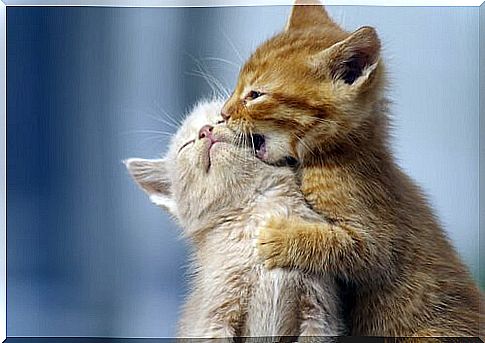
The study, published in the journal Scientific Reports , describes the consequences of weaning cats before 12 weeks. The researchers worked with 5,726 specimens belonging to 40 different breeds. The results showed that cats weaned after eight weeks were more prone to aggression than fear.
These conclusions suggest that weaning at the fourteenth week is the best solution for the animal.
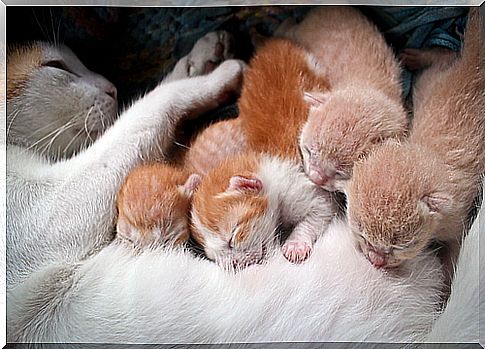
By “weaning” we do not only mean the end of breastfeeding, but also the separation of the puppy from the mother. Feral cats usually spend between four and eight weeks with their mother, while the common domestic cat, or Felis catus Linnaeus, 1758 , spends an average of four months with its mother before becoming independent.
The importance of early socialization in animals
Also called imprinting , the socialization period that younger puppies experience with their mother is vital for their subsequent cognitive and social development. Many of the problems our pets experience in adulthood stem from early weaning.
During the first few weeks of the puppies’ life, the mother stimulates them to develop certain reflexes essential for their bodily functions. It encourages them to move, to search for the breast and even stimulates the peritoneum to facilitate defecation.
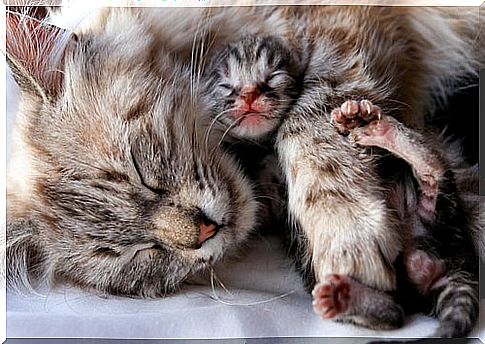
If this process is not completed satisfactorily, various disorders may arise such as the following:
- Separation Anxiety Disorder : Animals experiencing this disorder exhibit abnormal and destructive behaviors as a result of prolonged periods in solitude.
- Hyperactivity Disorder : During socialization, the clamps that siblings play with each other teach them not to forcefully bite their fellows. If they do not go through this process, they will channel their energy destructively and bite the master violently.
- Deprivation syndrome : animals in this case do not tolerate noises extraneous to their surrounding environment, such as a car engine, sirens, horn, etc.

